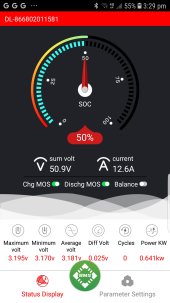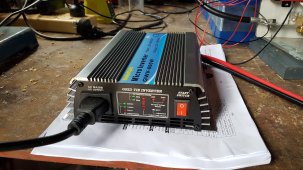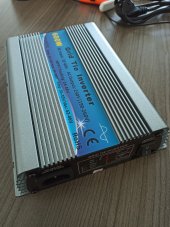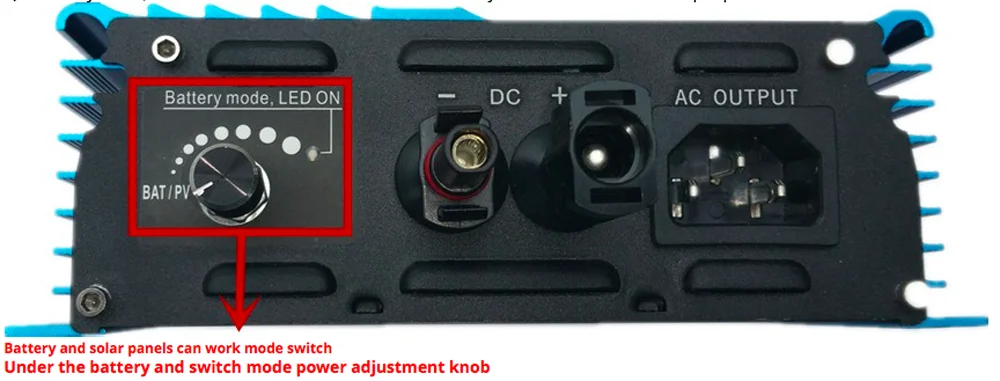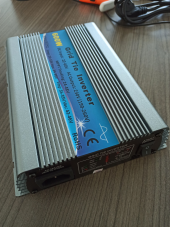newbostonconst
Solar Enthusiast
- Joined
- Sep 24, 2019
- Messages
- 1,008
I hook the Iq7x directly to the battery bank. So no Buck Converter is used in my setup....not sure for what reason you would need one? (to raise the voltage?)
It always pulled 6 amps when it was inverting. I run to a high voltage of almost 70 volts and it stayed at 6 amps all the time above 33 volts. 6 amps is 6 amps so the battery can't push more then that.
Good Luck with your project, are you going to try the M215-60-230-S22 in this way....It was easy to test, I used a Victron Smart Shunt to do all my measurements on the DC side.
It always pulled 6 amps when it was inverting. I run to a high voltage of almost 70 volts and it stayed at 6 amps all the time above 33 volts. 6 amps is 6 amps so the battery can't push more then that.
Good Luck with your project, are you going to try the M215-60-230-S22 in this way....It was easy to test, I used a Victron Smart Shunt to do all my measurements on the DC side.
Last edited:





